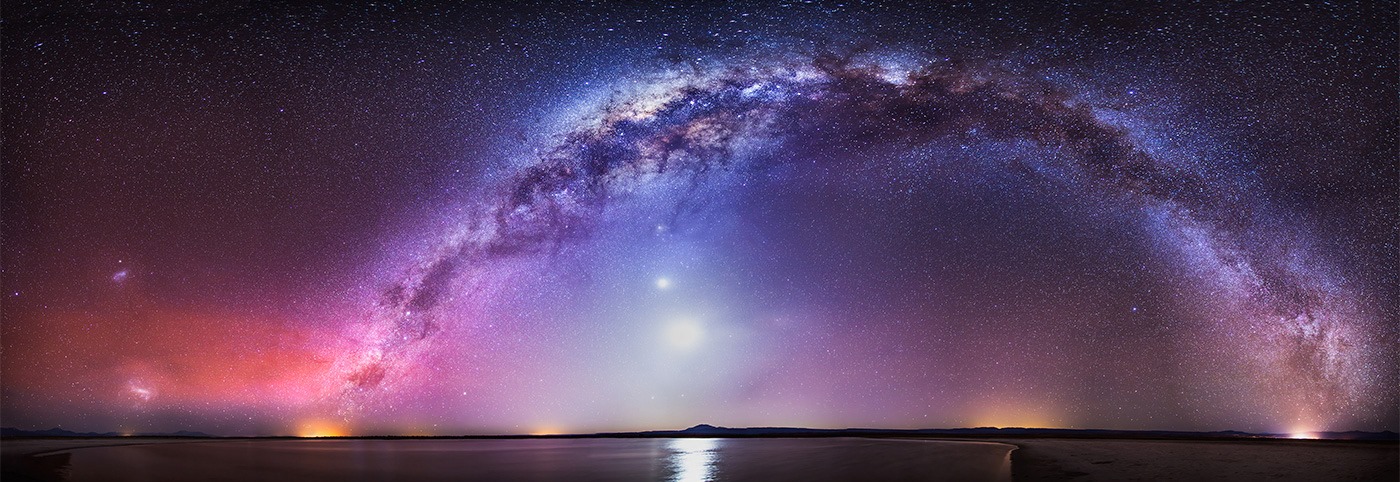ESA on Twitter
More images of this morning's #Soyuz rollout in our gallery: https://t.co/0oKPiLhFLU https://t.co/Oz618ySJPh — ESA (@esa) November 14, 2016

More images of this morning's #Soyuz rollout in our gallery: https://t.co/0oKPiLhFLU https://t.co/Oz618ySJPh — ESA (@esa) November 14, 2016
We were going to challenge the photographers in #Baikonur for a #supermoon with #SoyuzMS03 rocket picture, but @ingallsimages delivered! pic.twitter.com/rqteYuq2s2 — Human Spaceflight (@esaspaceflight) November 14, 2016
Wherever you are, why not share your #Supermoon images with us on #YourESA on @instagram ?https://t.co/bXaMa4GqsL https://t.co/ZAStWpZqM9 — ESA (@esa) November 14, 2016
It's a marvelous night for a moondance – with our @spotify #Supermoon playlist https://t.co/jjdGA7pNzx pic.twitter.com/91PXny2UYt — ESA (@esa) November 14, 2016
Today’s @apod is absolutely breathtaking! #ISS and #supermoon https://t.co/xwc0CixyUn #supermoon2016 pic.twitter.com/2otMq2RJN8 — DLR – English (@DLR_en) November 14, 2016
Far away, so close – Three closest NAVCAM pictures of #Rosetta’s comet #67P in @esascience IOW https://t.co/2iwLmdZRaE pic.twitter.com/T2xSkoRkYJ — ESA (@esa) November 14, 2016
#Soyuz for @Thom_astro , @AstroPeggy & Oleg Novitski launch rolled out out early this morning. Launch is scheduled for 17 Nov 21:20CET https://t.co/T8yMUsSgSX — ESA (@esa) November 14, 2016
@ShammaloveMadhu The peak of the full Moon is at 13:52 GMT today. So last night and tonight are the best chance to view. — ESA (@esa) November 14, 2016
#Soyuz rollout took place early this morning, ahead of Thursday's launch to the #ISS #Proxima https://t.co/Ft9v8sDarM — ESA (@esa) November 14, 2016
What is so super about tomorrow’s supermoon? Tomorrow, a full moon will occur that appears slightly larger and brighter than usual. The reason is that the Moon’s fully illuminated phase […]